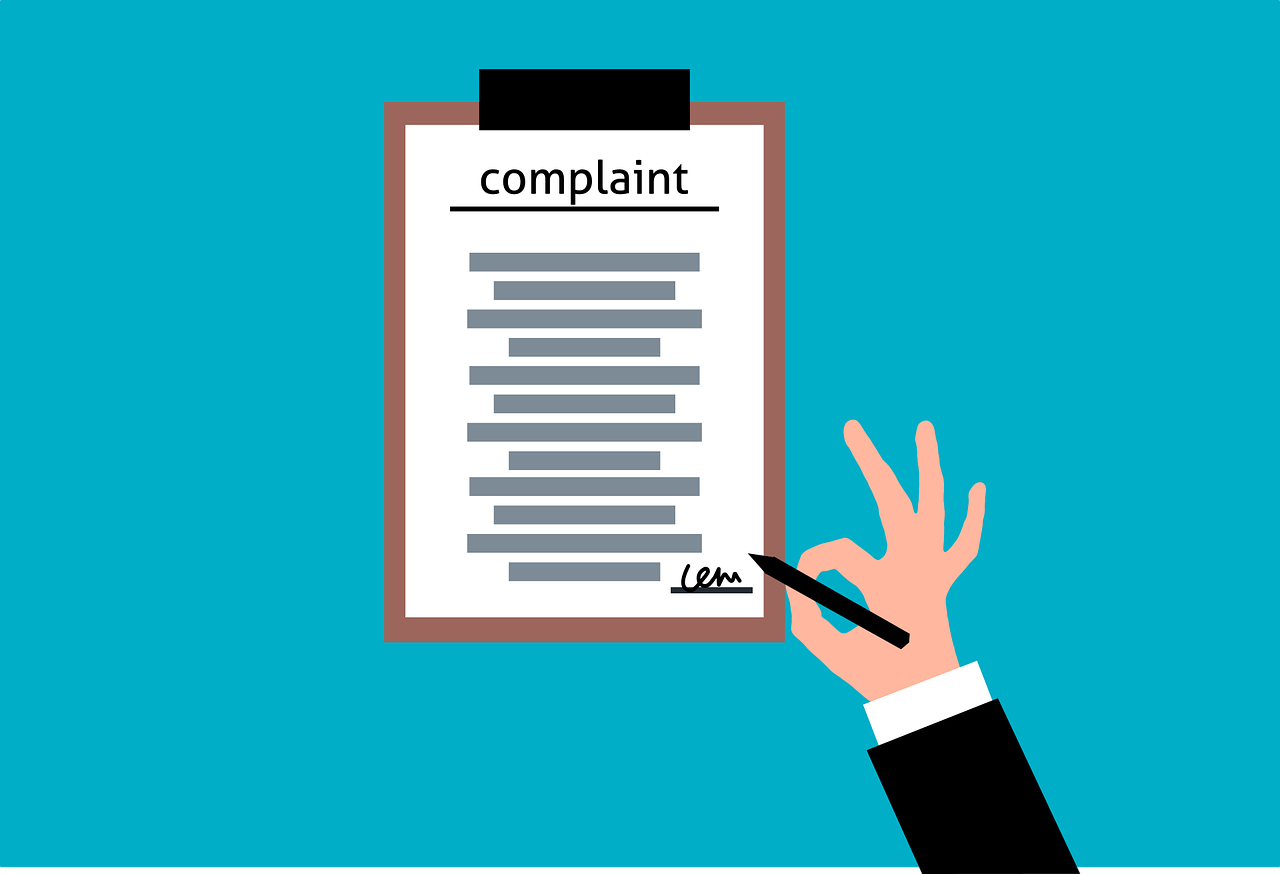The pandemic threw the office environment into chaos; with employers having to quickly introduce the appropriate set up for employees to work from home, staff being made redundant and many not returning to the office now restrictions have eased. Those that have returned have found the transition difficult and there has been an increase in reported grievances.
A survey by Staffcircle showed that 42% of employees felt their work culture had ‘deteriorated’ since the pandemic.
What is a grievance?
A staff grievance is a complaint, concern or a problem an employee may have about their work, work environment or a work colleague.
The reasons can vary widely from heath and safety issues through to personal matters such as discrimination and bullying.
Whatever the cause for the grievance, as an employer, you must make sure you deal with the matter quickly and efficiently whilst giving due care and time.
How can you recognise a grievance as an employer?
The subject of grievances is a sensitive one and should be handled appropriately. However, there may be occasions when the complaint is made maliciously or vexatiously i.e to cause disruption to the company or harm to another member of staff.
It is important to make the distinction between a grievance that is warranted and one that is made with intent to damage the organisation. Professional judgement is important here and it may require a panel to identify the best way forward.
How to properly manage a grievance?
Procedures – Your business should have a grievance procedure in place to assist in dealing with any complaints that an employee may report. This can be added to a company handbook for example, which will give all employees easy access to the correct procedure to follow.
An individual or group must take responsibility for receiving grievances and the place for receiving them should be easily accessible to all. As they may involve personal matters, it goes without saying that every item received is treated with the utmost confidentiality.
Communication – When a grievance is received, it is important to maintain communication with the employee that raised it. Begin with an informal discussion, give the employee the chance to fully explain the issue. If the issue cannot be resolved during this dialogue, a formal grievance should be written up.
Investigate further – If an investigation is required, ensure all parties involved are told and give an estimation on how long this will take. If other parties wish to give their explanation, this needs to be accounted for. Make sure minutes are taken at any meetings to help develop a full timeline and evidence.
Formal hearing – A hearing is the next step in the grievance procedure and it is vital that all parties attend. The employee in question can bring a colleague or Trade Union representative if needed and minutes must be taken. As an employer, you have the opportunity to discuss what you can do to help and rectify the issue.
Follow up – After the hearing a decision will be made. If the grievance is rejected, the employee has the right to appeal. Your policy will outline this process and it will involve further meetings and may involve a tribunal if the employee is still not satisfied with the outcome.
Lessons learnt – As an employer, you will want to provide a solution to a grievance that will avoid repetition in the future. Keeping a track record of the whole procedure will provide records and give you the experience needed should another grievance come up.
How SFB can help you
If your business needs assistance with a grievance, or you need some expert advice on how to improve your policy, please get in contact with us. Our professional CIPD qualified HR experts are here to provide solutions to your issues and help implement the appropriate procedures.
